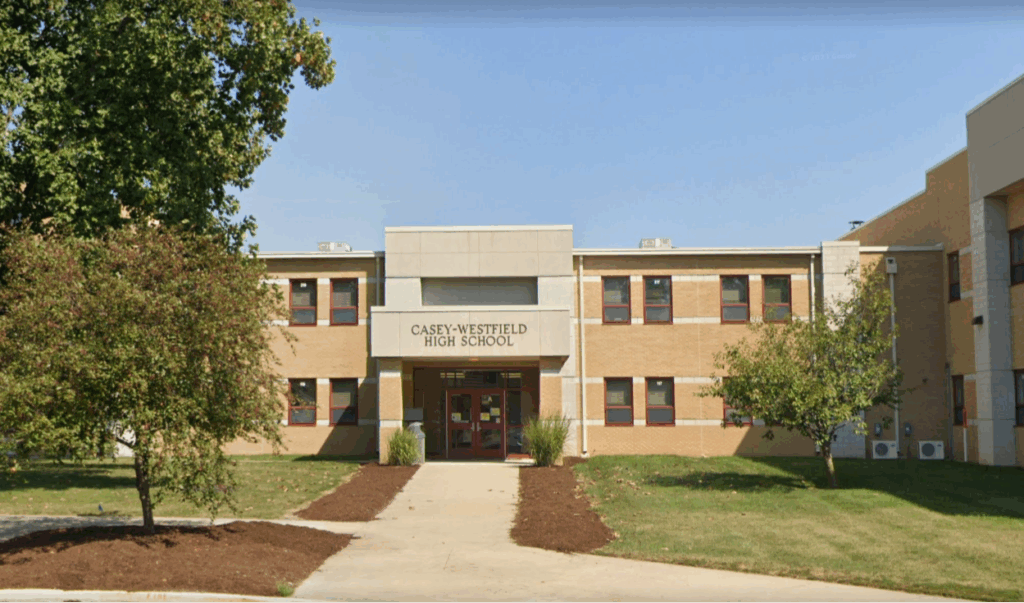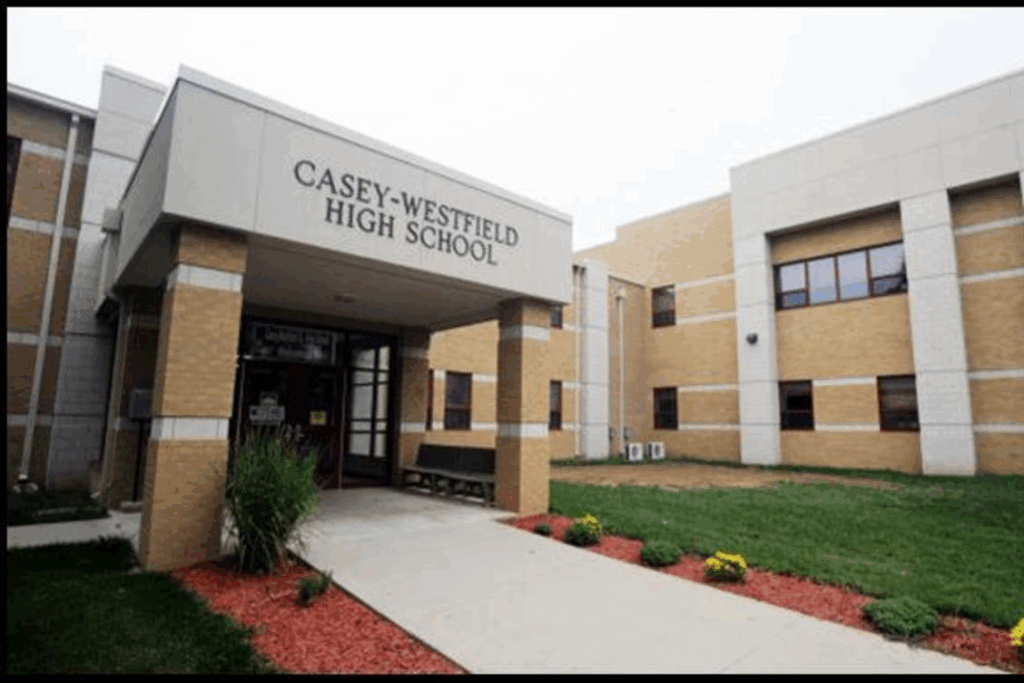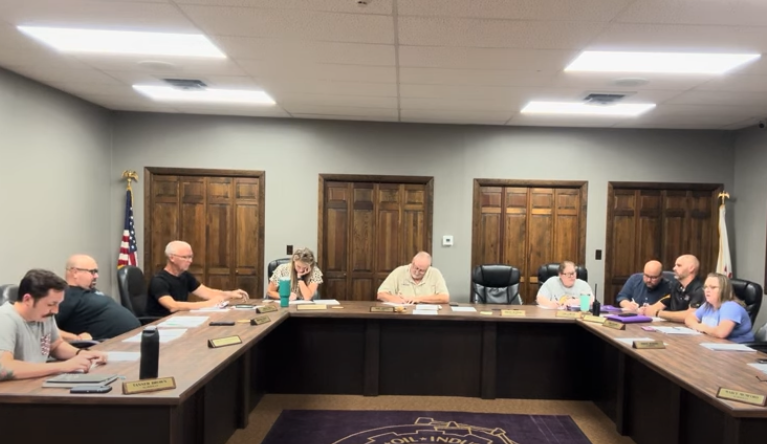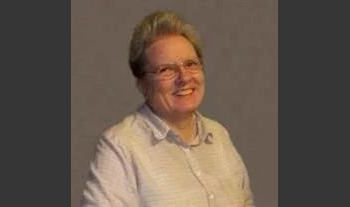Manufacturing advocate: ‘Follow the actions’ with Pritzker on taxes
(The Center Square) – Gov. J.B. Pritzker says he prefers growing the economy over raising taxes, but a small and midsize manufacturers’ advocate says the governor’s actions don’t follow his words.
The governor suggested last week that the General Assembly could undo tax benefits provided by the federal government’s One Big Beautiful Bill Act in order to fill a projected $267 million state deficit.
On Tuesday, Pritzker said he preferred economic growth over cutting spending or raising taxes.
“You’ve got to balance the budget. There’s no doubt about it. I prefer growing the economy to the other two methods,” Pritzker told The Economic Club of Chicago.
David Curtin, a Springfield lobbyist for the Schaumburg-based Technology and Manufacturing Association, said the governor uses the right words.
“If you follow the actions, this action would not follow those words, but he would wordsmith it in some other way,” Curtin told The Center Square.
Curtin said Pritzker wants to get rid of the Big Beautiful Bill provision giving manufacturers a 100% bonus depreciation of equipment and machinery in the first year.
“That would help manufacturers quite a bit, and manufacturers will realize that this year. It’ll go into effect because Illinois is automatically tethered to the federal law, unless the legislature does something about it and cuts us out of the process,” Curtin explained.
The Governor’s Office of Management and Budget released the annual Illinois Economic and Fiscal Policy Report on Oct. 9.
“GOMB projects that H.R. 1’s negative impact on business tax collections will outweigh these gains. General Funds revenues are now projected to be net $449 million lower than earlier estimates due to an estimated $830 million reduction in state tax revenue in FY2026 due largely to automatic state tax law conformity with federal corporate tax cuts,” the governor’s press release accompanying the report noted.
Curtin said other states are welcoming the federal government’s tax benefits because they help manufacturers grow and invest.
William McBride, chief economist and Stephen J. Entin Fellow in Economics at the Tax Foundation, said the Big Beautiful Bill’s depreciation provision allows immediate write-offs aimed at manufacturing and production. In the past, McBride said businesses could wait as long as 39 years to write off investments in structures like factories.
“A manufacturing business has to have a manufacturing facility, or they’re not a manufacturing business” McBride said. “They have to lay out the millions of dollars to build that facility. That’s core to their business.”
McBride said the provision helps cut the inflation risk out of businesses’ tax liabilities and helps offset the cost of waiting to get deductions.
“The time value of money and inflation mean this is very much going to be an incentive for businesses to invest in particular in factories and manufacturing facilities,” the Tax Foundation economist explained.
McBride said the provision is not a carve-out.
“Think about this as just righting a wrong that has existed in the tax code since the beginning of the income tax. That’s the way I would characterize it. I would absolutely not characterize it as a carve-out,” McBride said.
McBride said Illinois would be at a competitive disadvantage if it did not conform to the federal law.
Latest News Stories

Mary Elizabeth “Betty” (Mills) Boyd Hippler

Board Approves Over $74,000 in Facility Upgrades, Equipment

School District Buys Tractor to Curb Outsourcing Costs, Projects Future Savings

Casey-Westfield School District to Save Over $52,000 on Insurance Premiums

Casey Proposes Electric Rate Hike to Stave Off Deficits; Gas Rates Next Under Review

Casey’s Proposed Budget Jumps 53% to $31 Million, Driven by Grant Opportunities

Meeting Briefs: Casey City Council for July 21, 2025

Patrick Randel Simpson

Roy Lee Hock

Casey Rotary Club Meeting Held

Council Increases Popcorn Festival Funding to $25,000 After Heated Budget Debate

Casey Moves Forward with Hotel Feasibility Study and TIF District Analysis














